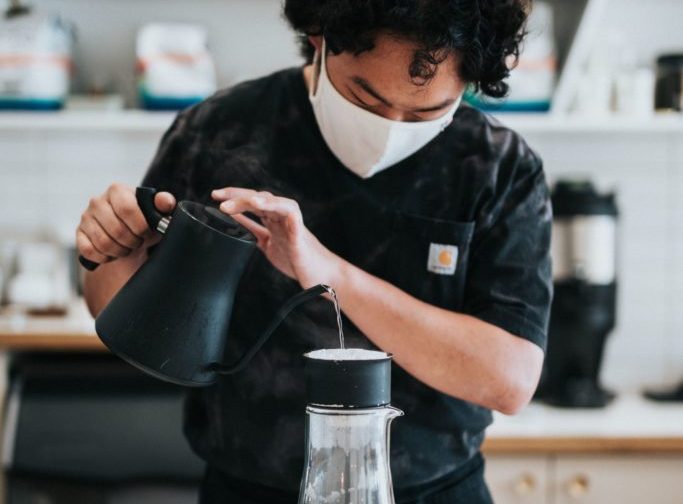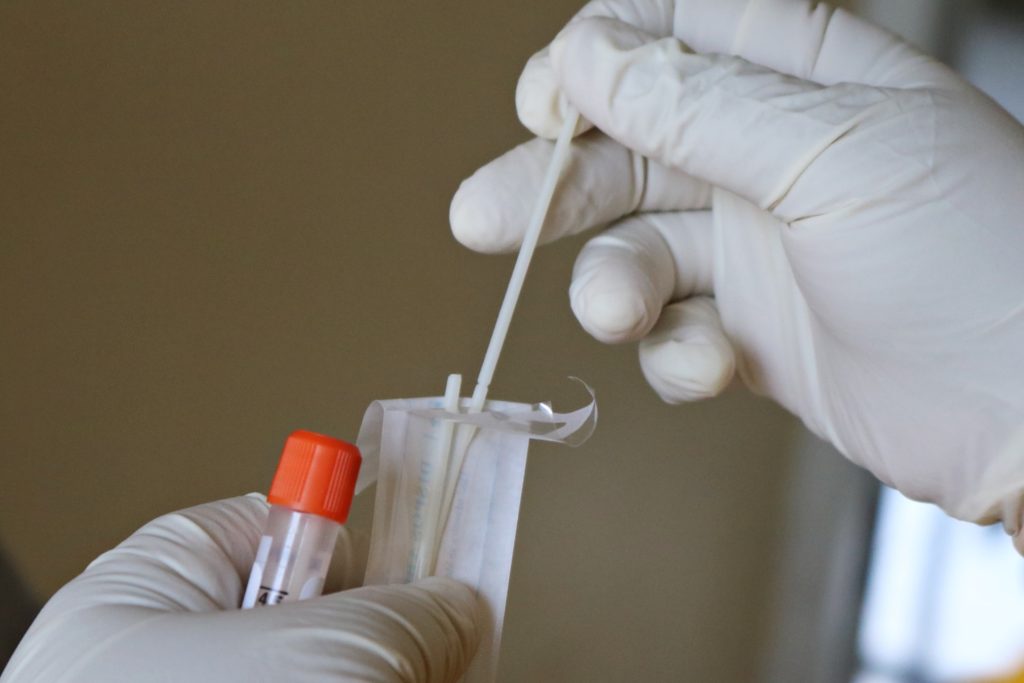
COVID-19 hospitalizations surpass 8,000
L.A. County Public Health is now reporting more than 200 deaths a day, according to public health officials. The Los Angeles County Department of Public Health confirmed 258 new deaths and 11,841 new cases of COVID-19 on Wednesday. On Tuesday, when the county surpassed 11,000 cumulative COVID-19 deaths, 224 fatalities were reported. L.A. County has experienced more than 1,000 new COVID-19 deaths in less than a week when on Dec. 30, Public Health reported 10,056 deaths.
“This is a health crisis of epic proportions,” said Barbara Ferrer, director of Public Health, in a statement. “I am more troubled than ever before, and in part, my concern is rooted in the reality that it will take so much more for us to slow the spread given the high rate of community spread.”
During a briefing Wednesday, Ferrer said she believes the virus is spreading in workplaces, then among families and then spreading to other community members.
In slightly more than a month, the county doubled the number of people who tested positive for COVID-19, going from 400,000 cases on Nov. 30 to over 800,000 cases on Jan. 2, and since Nov. 1, cases have increased by 905%. With one in every five tests being positive, the rate of new cases this month is translating into an increase in the number of people with severe COVID-19 symptoms being sent to local hospitals.
There are 8,023 people with COVID-19 currently hospitalized, 20% in the ICU. On Nov. 1, the three-day average number of people hospitalized with COVID-19 was 791. On Jan. 4, the three-day average increased to 7,873.
Hospitals are accepting more patients than they can discharge, and this is causing a huge strain on local medical centers. In Arcadia, Methodist Hospital of Southern California has convened a triage team to “make the difficult, but necessary decisions about allocating limited resources,” to critically ill patients “based on the best medical information available.”
The number of patients needing treatment is also straining resources, namely oxygen and medical staff. The Los Angeles County Emergency Medical Services Agency told EMTs Monday to conserve oxygen and not transport patients with little chance of survival to hospitals. As ambulances have had to wait hours to unload patients, they’ve been hindered from being in the field and helping others in need.
“They need a doctor, a hospital bed to be taken care and how do you explain that to the patient, they don’t understand that,” Tanya Crabbe, a paramedic with the Los Angeles Fire Department, told ABC 7. “How do you explain that to the patient’s family… I only have so much I can do for you at this moment.”
The situation, unfortunately, is likely to get worse before it gets better. On Wednesday, Los Angeles County Health Services published projections of hospital-based health care demand due to COVID-19. In it, the agency asserts that based on external population mobility data, “transmission is likely to have increased during the last 10 days in December through New Year’s.” If transmission in the last 10 days in December and early January was similar to that around Thanksgiving, officials expect to see hospital bed and ICU shortages for the next four weeks.
Daily mortality will also be higher if there was a large increase in transmission during the holiday season.






